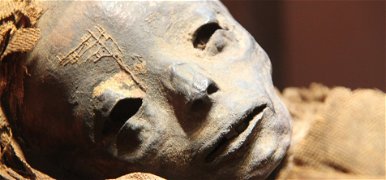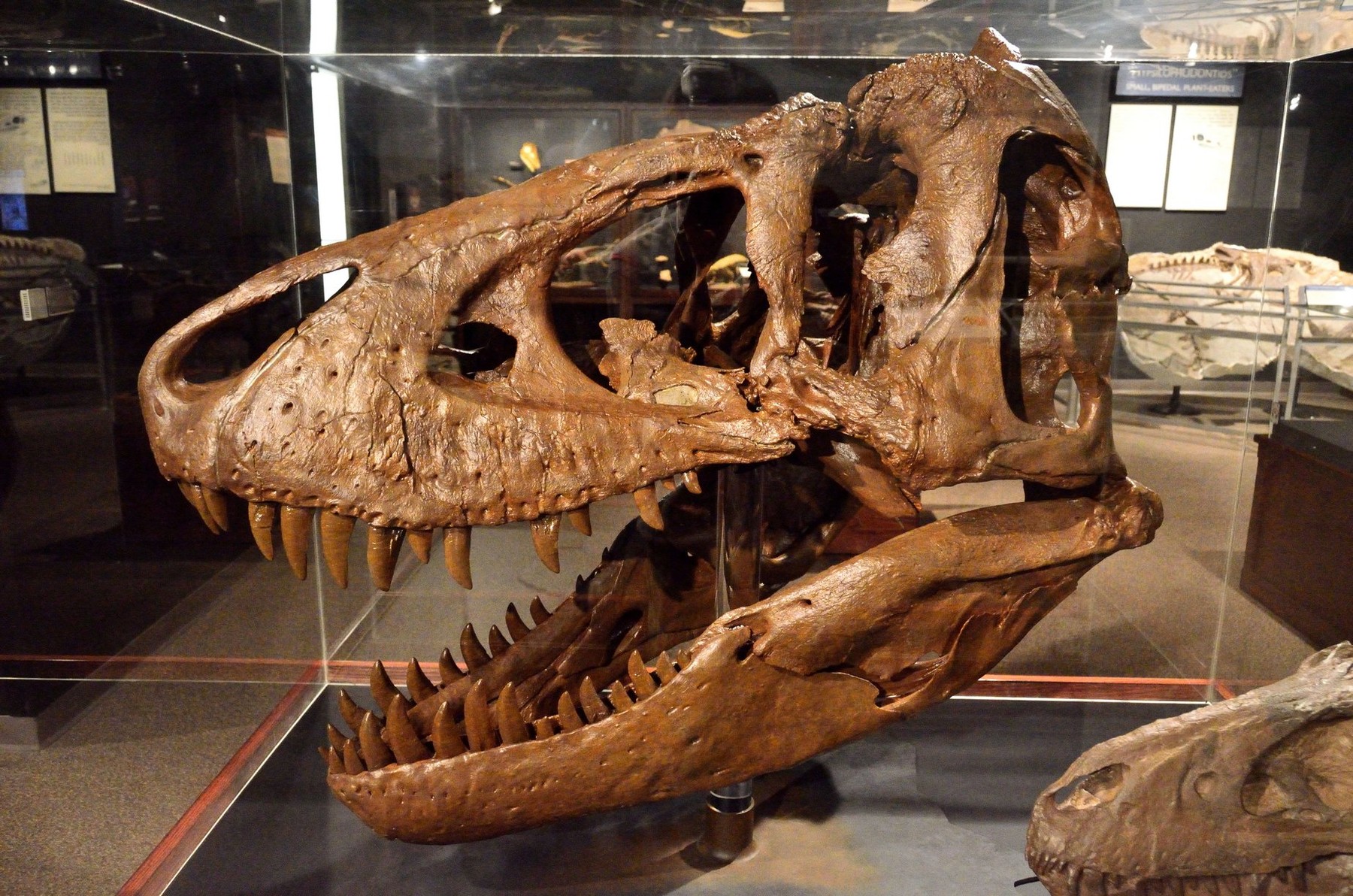completely Amazing discovery It happened in England. Paleontologists have found the remains of a 150-million-year-old T. rex-like dinosaur near the sea. The terrifying monster’s nearly two-metre-long skull was dragged to the surface through Dorset cliffs.
All evidence indicates that the skull belongs to a terrestrial marine reptile that lived 150 million years ago, during the Jurassic period. Experts have dubbed the wild beast a “killing machine,” which also possesses 130 long, deadly teeth. The two-metre-long head of the species known as a pliosaur is one of the largest finds ever unearthed.

Not only could the extinction of the dinosaurs have been caused by an asteroid impact, God’s true blow could have struck primitive reptiles
Read more…
Read more…
According to experts, the creature could have been up to 12 meters long, because only its skull was larger than an average human.
According to Dr. Andre Roux of the University of Bristol, the animal was so huge that it was able to seize any living creature that was unfortunately present in its surroundings, without exception.
“I have no doubt that this creature was like an underwater T. rex.”
The specialist said.
The ancient predator will soon appear in a special episode of the BBC’s David Attenborough Show on New Year’s Day. In the new episode, the living legend will reveal the amazing fossil for the first time.
According to paleontologist Steve Etches, this dinosaur is the first of its kind. the For BBC News He said it is one of the best fossils he has ever worked on and what makes it truly unique is that it is rich in detail.
The lower jaw and upper skull are connected as they were originally. Hardly any examples of this level of detail have been found anywhere in the world
The mysterious beast is 15 meters above the beach in Dorset, England, on a towering rock They found itAfter the scientist who was speaking to the BBC turned towards her. That’s when Steve and another paleontologist, Phil Jacobs, noticed the tip of the dinosaur’s nose lying among the rocks.

Revealing the secret of 5,000-year-old Egyptian mummies, and researchers make an amazing historical discovery
Read more…
Read more…
They then brought an improvised stretcher to the scene, as the find was very heavy, and with its help they were finally able to get it out. Scientists now believe that the rest of the animal may still be hiding inside the rock.
“I’m telling you, the rest of the animals are still there, but they will surely be found soon too, because they are now surrounded by an environment that is eroding very quickly.”
The specialist said.
We’ll certainly hear more about this amazing discovery in the future, but until then, here’s a picture of the beast.












































